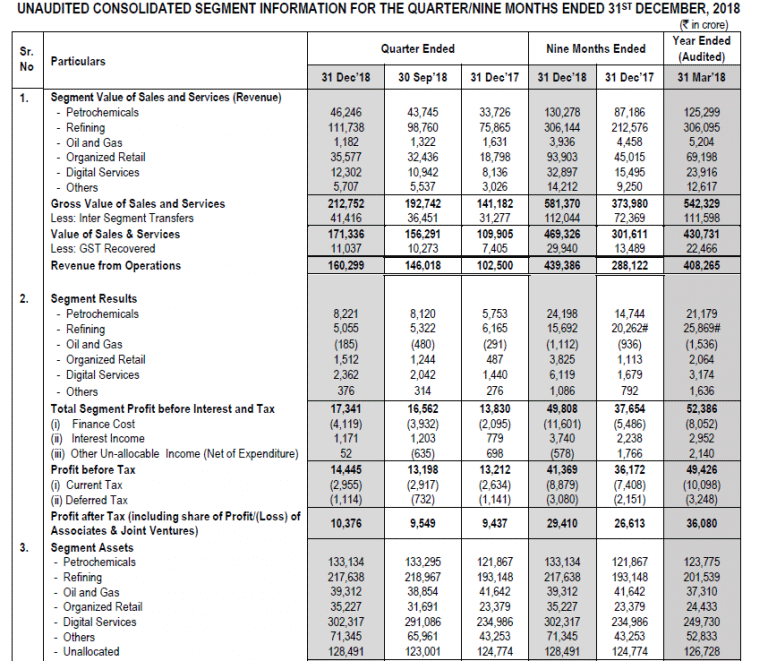
Even though some practitioners refer to times interest earned ratio as interest coverage ratio, the interest coverage ratio is subtly different in that it is based on cash flows from operations instead of EBIT. Times interest earned ratio is a measure of a company’s solvency, i.e. its long-term financial strength. It can be improved by a company’s debt level, obtaining loans at lower interest rate, increasing sales, reducing operating expenses, etc.
How to Conduct an Accounts Payable Audit: What You Should Know
- Ideally, a business should generate enough earnings to pay for interest expenses and to fund other needs.
- One goal of banks and loan providers is to ensure you don’t do so with money or, more specifically, with debts used to fund your business operations.
- See why progress invoicing and receiving partial payments is highly beneficial.
Other financial ratios which are similar in concept to the times interest earned ratio but wider in scope and more conservative in nature include fixed charge coverage ratio and EBITDA coverage ratio. Based on the times interest earned formula, Hold the Mustard has a TIE ratio of 80, which is well above acceptable. As we previously discussed, there is a lot more than this basic equation that goes into a lender’s decision. But you are on top of your current debts and their respective interest rates, and this will absolutely play into the lender’s decision process. The times interest ratio is stated in numbers as opposed to a percentage. The ratio indicates how many times a company could pay the interest with its before tax income, so obviously the larger ratios are considered more favorable than smaller ratios.

What is Times Interest Earned Ratio?
When she’s not writing, Barbara likes to research public companies and play Pickleball, Texas Hold ‘em poker, bridge, and Mah Jongg. Get instant access to video lessons taught by experienced investment bankers. Learn financial statement modeling, DCF, M&A, LBO, Comps and Excel shortcuts. Debt can be scary when you’re paying off college loans or deciding whether to use credit to…
Times Interest Earned Ratio
You’ll better understand whether a high calculation is standard or a one-time fluke if you analyze a company’s results over time. Simply put, the TIE ratio—or “interest coverage ratio”—is a method to analyze the credit risk of a borrower. When the times earned interest ratio is comfortably above 1, you can feel confident that the firm you’re evaluating has more than enough earnings to support its interest expenses. EBIT is used primarily because it gives a more accurate picture of the revenues that are available to fund a company’s interest payments.
The formula used for the calculation of times interest earned ratio equation is given below. A company’s capitalization is the amount of money it has raised by issuing stock or debt, and those choices impact its TIE ratio. Businesses 2020 tax changes for 1099 independent contractors consider the cost of capital for stock and debt and use that cost to make decisions. It’s called the Rule of 72, which tells you the number of years it takes for your money to double at a given annual rate of return.
In a perfect world, companies would use accounting software and diligence to know their position and not consider a hefty new loan or expense they couldn’t safely pay off. But even a genius CEO can be a tad overzealous and watch as compound interest capsizes their boat. My Accounting Course is a world-class educational resource developed by experts to simplify accounting, finance, & investment analysis topics, so students and professionals can learn and propel their careers. If earnings are decreasing while interest expense is increasing, it will be more difficult to make all interest payments.
The deli is doing well, making an average of $10,000 a month after expenses and before taxes and interest. You took out a loan of $20,000 last year for new equipment and it’s currently at $15,000 with an annual interest rate of 5 percent. You have a company credit card for random necessities, with a current balance of $5,000 and an annual interest rate of 15 percent.
But at a given moment, this amount can be hundreds or thousands of dollars piling onto your plate, in addition to your regular payments and other business expenses. The times interest earned formula is calculated on your gross revenue that is registered on your income statement, before any loan or tax obligations. The ratio is not calculated by dividing net income with total interest expense for one particular accounting period. It is only a supporting metric of the financial stability and cash arm of your business which determines that you have the ability to clear off your liabilities with whatever you earn. Times interest earned ratio (TIE) is a solvency ratio indicating the ability to pay all interest on business debt obligations.
This 2020 report from the Federal Reserve reports that the median interest coverage ratio (ICR) for publicly listed nonfinancial corporations is 1.59. As mentioned above, TIE is also referred to as the interest coverage ratio. The percentage earned over time on money because time decreases its value.
In our completed model, we can see the TIE ratio for Company A increase from 4.0x to 6.0x by the end of Year 5. In contrast, for Company B, the TIE ratio declines from 3.2x to 0.6x in the same time horizon. While there aren’t necessarily strict parameters that apply to all companies, a TIE ratio above 2.0x is considered to be the minimum acceptable range, with 3.0x+ being preferred.
